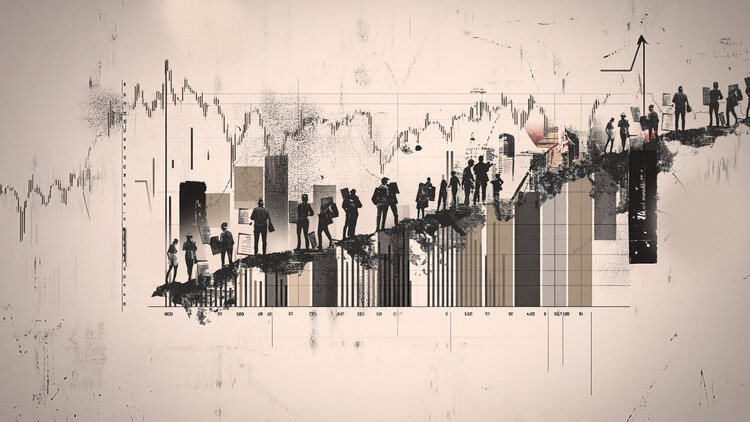- AUD/USD is contracting within a very tight range, itself within a range.
- The pair will likely break both ranges eventually in an explosive move.
- An upside breakout is marginally more likely given that the trend before the range formation was bullish.
AUD/USD is trading in a mini-range within a range, visible on the 4-hour price chart. The pair has been sideways since mid-May, but since June 19 the buying and selling waves have narrowed further creating a “range within a range.”
AUD/USD 4-hour chart
A break above the mini-range high at 0.6679 would likely indicate a continuation to the engulfing range top at 0.6709. Likewise, a break below the mini-range low at 0.6625 would likely lead to a move down to the larger range floor at 0.6590.
The short-term trend is sideways and as long as the price stays within the boundaries of the larger range, it will probably continue to extend within the range, since “the trend is your friend” as the saying goes.
Eventually, the pair will break out of its range and the move will likely be very strong, as it is a general rule of the markets that periods of low volatility like the current one are followed by sudden bursts of high volatility.
A breakout to the upside is marginally more likely because the trend before the range formation was bullish.
A decisive break above the range top would see a continuation towards a conservative target at 0.6770. A decisive break below the range floor would indicate a continuation towards an initial target at 0.6521.
A decisive breakout would be one where a longer than usual candle breaks the range and closes near its high or low, or three successive candles of the same color cleanly break the top or bottom of the range.
Targets are generated using the technical analysis method of extrapolating the height of the range by a Fibonacci ratio of 0.618 higher (in the case of an upward breakout) or lower (in the case of a downward breakout). A more generous goal would come from extrapolating the full height of the range.
Source: Fx Street
I am Joshua Winder, a senior-level journalist and editor at World Stock Market. I specialize in covering news related to the stock market and economic trends. With more than 8 years of experience in this field, I have become an expert in financial reporting.








